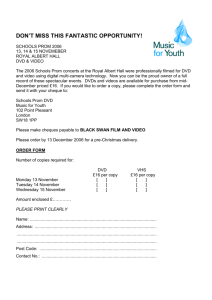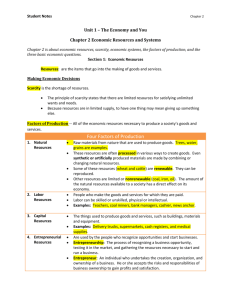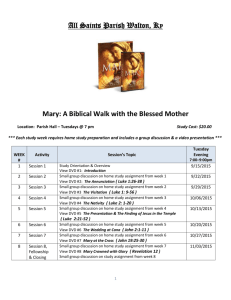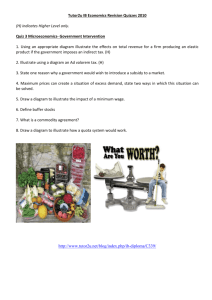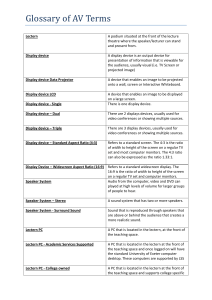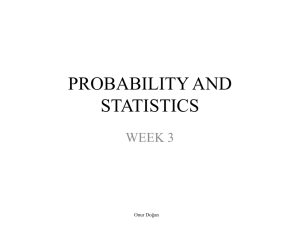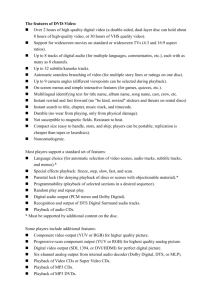Theory of International Trade - the School of Economics and Finance
advertisement
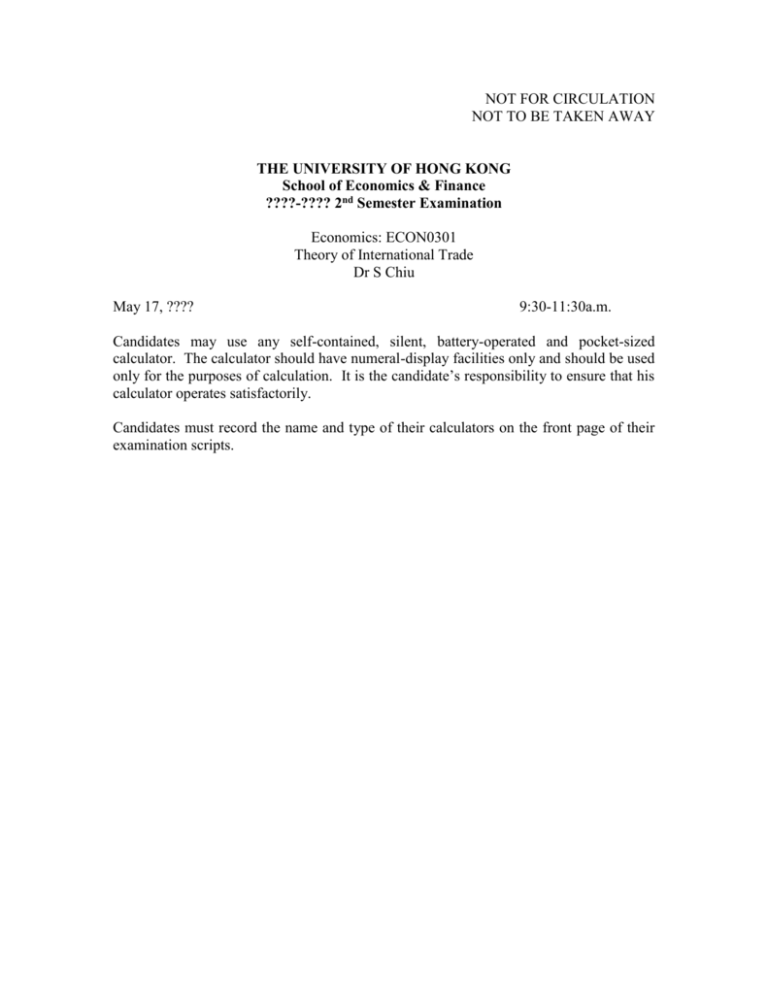
NOT FOR CIRCULATION NOT TO BE TAKEN AWAY THE UNIVERSITY OF HONG KONG School of Economics & Finance ????-???? 2nd Semester Examination Economics: ECON0301 Theory of International Trade Dr S Chiu May 17, ???? 9:30-11:30a.m. Candidates may use any self-contained, silent, battery-operated and pocket-sized calculator. The calculator should have numeral-display facilities only and should be used only for the purposes of calculation. It is the candidate’s responsibility to ensure that his calculator operates satisfactorily. Candidates must record the name and type of their calculators on the front page of their examination scripts. Answer ALL questions. The maximum score of the paper is 120. (1) (24 points) Assess whether each of the following statements is true, false or uncertain. In case your answer is “false” or “uncertain,” please explain with less than 30 words. (a) Two countries with the same factor endowment and the same production technologies will not benefit from trading with each other. (b) According to Stopler-Samuelson effect, an export biased growth will lead to deterioration in the country’s terms of trade. (c) CEPA can be viewed as a customs union between Hong Kong and the mainland. (2) (24 points) Use the tool of PPFs, isovalue curves, and indifference curves to illustrate that export subsidy is never welfare enhancing for the country imposing it, regardless of the country size. Please label your graph(s) clearly. (3) (24 points) Suppose that Home and Foreign have only one factor of production (Labor) and can only produce 2 goods: Sugar and Garments. Home has 100 units of labor, and Foreign has 60 units of labor. The unit labor requirements are shown below. Home Foreign Sugar 10 8 Garments 20 4 (a) Which country has a comparative advantage in the production of sugar and which has a comparative advantage in the production of garments? (b) Construct the world relative supply curve. Label your curve clearly. (c) If the world relative demand takes the following form: Qs/Qg = Pg/Ps. Draw the world relative demand on the graph you constructed in part (b). Label your curve clearly. (d) Describe the pattern of trade and the gains from trade with your results. 2 (4) (24 points) Consider the production decision of a high-end producer of DVD players who behaves as a monopolistic competitor facing a demand curve with parameter b = 1/1000. Fixed costs (F) are $500,000 and the marginal cost of producing a DVD player (c) is $100. Suppose Home has annual DVD player sales (S) of 50,000 units. Suppose all of these parameters are the same for all firms in the industry. In the absence of trade, how many firms will produce DVD players? What will be the equilibrium price of a DVD player? (28 points altogether) 1 [Hint: The demand function for the producer’s good is Q S b p p where all n terms have the usual meanings.] (5) (24 points) Imagine a world consisting of two countries, Home and Foreign. The two countries are endowed with two production factors, land (T) and labor (L). Assume that Foreign is abundant in land, i.e., T*/L* > T/L, and that both factors are mobile across sectors while immobile across countries (asterisk * denotes foreign parameters.) Two goods, C and F, are produced. Technologies are described by the constant returns to scale production functions Qi = Qi(Ti,Li), i = C, F. The production of F is land-intensive, whereas the production of C is labor-intensive. The foreign country has the same technologies as the home country. (a) What country will export C under free trade? Explain and illustrate. (b) Who loses and who wins from free trade in Home? Explain and illustrate. (c) Are factor prices equal in the two countries under free trade? Explain and illustrate. -- End of Paper -- 3


